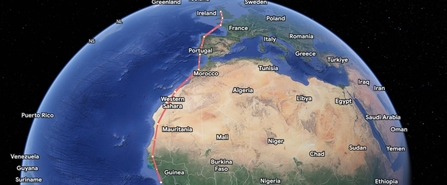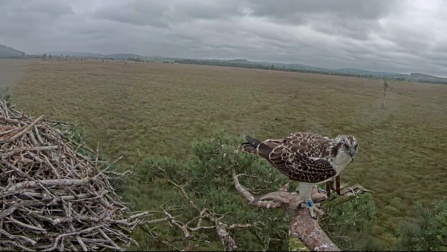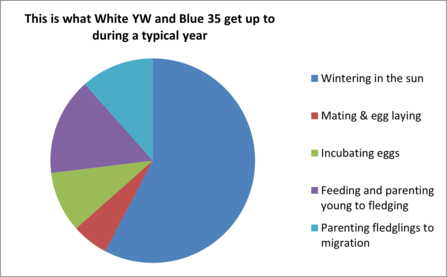In fact, we think that mum, Blue 35, has already gone. The last time we saw her on the nest was Tuesday 30 July.
The general opinion is that she stayed around stocking up on fish for a few more days before disappearing - we think during the first week in August. This is possibly a little earlier than most years, but then you can’t blame her for escaping our disappointing summer and heading towards the warmer sunshine.
We think this is the last time that the family was together on the nest this year, although they'll have been flying around the reserve before going their separate ways.






Comments